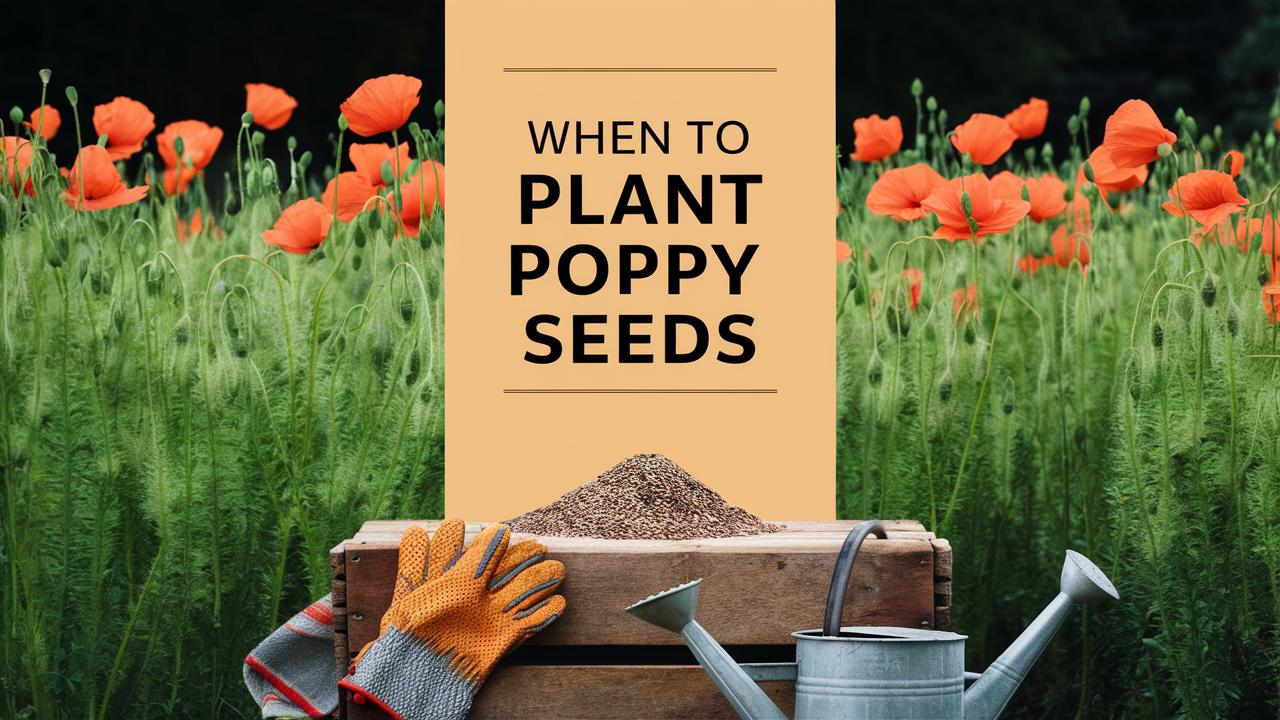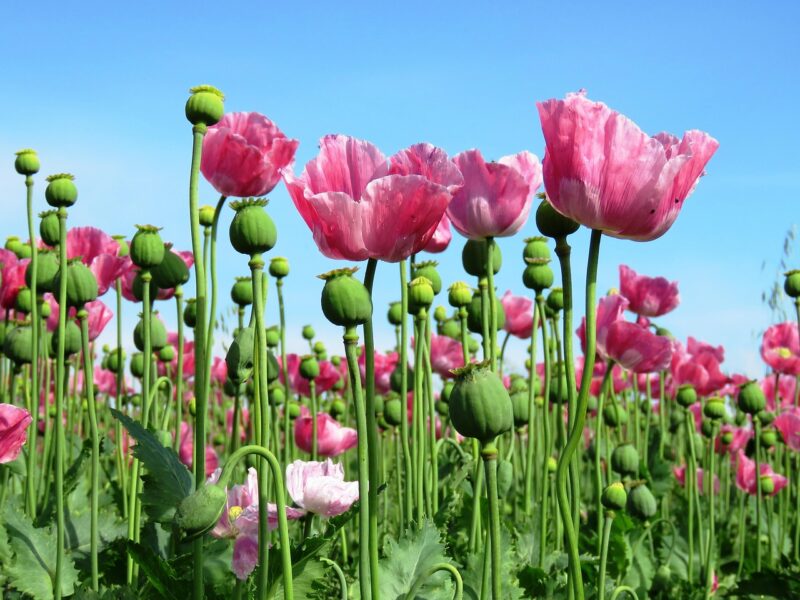This guide will cover the factors influencing the planting of poppy seeds, including seasonal considerations, regional climate, and specific techniques to ensure a blossoming display.
Understanding Poppies and Their Varieties
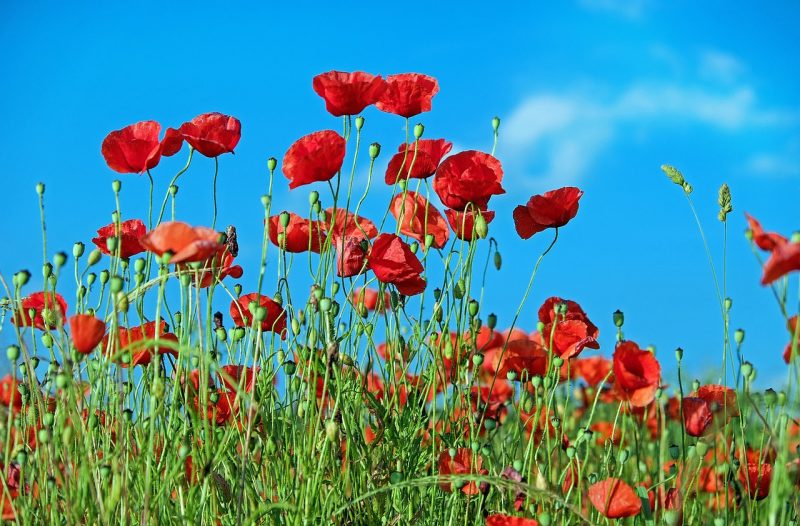
Before diving into the specifics of planting, it’s essential to understand the types of poppies available. The family like Papaver includes annual, biennial, and perennial varieties, each having unique requirements regarding planting times.
Types of Poppies to Consider
California Poppy (Eschscholzia californica): This cheerful flower is not just a state symbol; it’s also incredibly resilient. It thrives in dry conditions and prefers to be sown directly into the soil. It blooms from late spring to early summer.
Oriental Poppy (Papaver oriental): Recognized for its large flowers and vibrant colors, including bright reds and oranges, the Oriental poppy requires a bit of tender care. Being a perennial, it can take some time to establish but will flourish with patience.
Icelandic Poppy (Papaver nudicaule): This perennial is known for its delicate, crinkled petals and can be more tolerant of cooler weather. It is perfect for colder regions or higher altitudes.
Field Poppy (Papaver rhoeas): This annual poppy is often seen in wildflower mixes. It’s known for its stunning red color and is quite easy to grow from seeds.
Understanding these varieties will help you decide not only when to plant but also what specific care they might require throughout their growth period.
Timing: The Key to Successful Planting
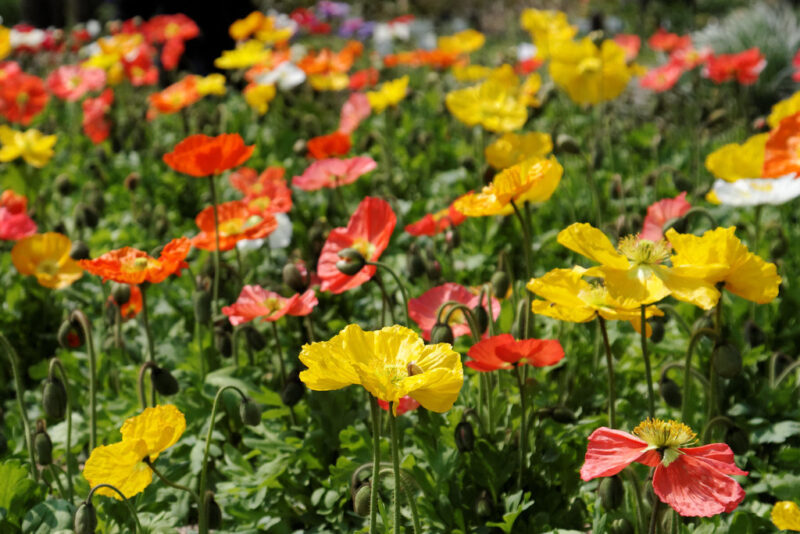
Spring or Fall? The Great Debate
The optimal time for planting poppy seeds largely depends on your local climate. Poppies generally prefer cool weather and can typically be sown either in the spring or fall.
Spring Planting: In many regions, particularly those with a temperate climate, spring is an ideal time. Sow seeds after the last frost date, which is crucial. Poppies germinate best when soil temperatures range from 55°F to 65°F (13°C to 18°C). If you live in a milder climate, late winter (February or March) could also be suitable, as long as the ground is workable.
Fall Planting: Some gardeners choose to sow poppy seeds in the fall, typically 4-6 weeks before the first expected frost. This allows for a natural stratification process, wherein seeds benefit from the transitional cold temperatures, replicating conditions that promote germination. When spring arrives, the seeds will be ready to sprout sooner.
Regional Considerations
Understanding the climate in your region will greatly enhance your chances of a successful poppy garden. For instance, if you’re in a northern area where winters are harsh, opting for spring planting is advisable to prevent seeds from being buried too deeply under snow or frost. Conversely, in warmer climates with mild winters, fall planting can yield spectacular early blooms.
Noting the Frost Dates
Researching your area’s average frost dates is crucial for determining your planting schedule. Use gardening zones as a guideline to help you understand when to plant your seeds. Websites of local agriculture extension services often provide valuable information about frost dates and regional planting guides.
Preparing for Planting
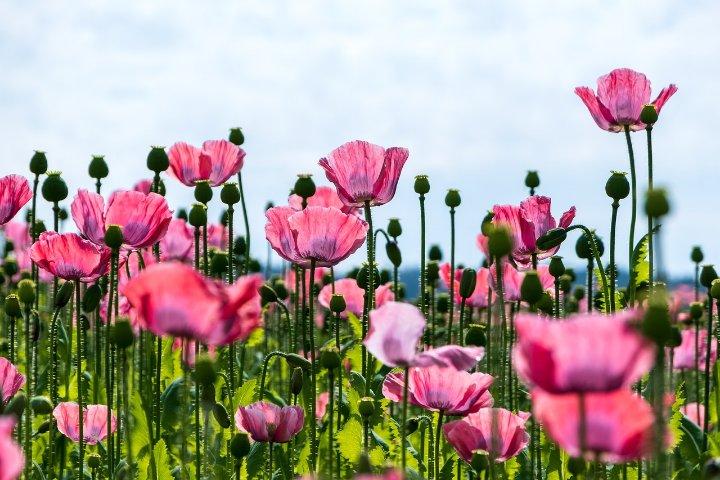
Selecting the Right Site
Poppies thrive in full sun, so it’s essential to select a location in your garden that enjoys at least six hours of sunlight daily. Well-draining soil is pivotal, as poppies do not like to sit in waterlogged ground. If your garden has clay or overly compacted soil, consider amending it with organic matter to enhance drainage.
Soil Quality
Poppies are not overly demanding when it comes to soil fertility; however, they do prefer a slightly alkaline to neutral pH (around 6.0 to 7.5). Conduct a soil test to confirm these conditions, and if necessary, amend it with lime to raise the pH or organic matter to balance nutrients.
Adding compost can provide a gentle nutrient boost, helping in the establishment of strong plants. Avoid high-nitrogen fertilizers, which can lead to excessive foliage at the expense of blooms.
Sowing Techniques
You can sow poppy seeds directly into the garden bed, which is often the most effective method. When planting, scatter the seeds on the soil surface and lightly rake them into the ground. Poppy seeds require light for germination, so avoid burying them too deeply. A depth of 1/8 inch is sufficient.
For more meticulous gardeners, consider seeding them in rows to help with spacing and organization. Maintaining a distance of at least a foot between rows allows for proper air circulation as the plants mature.
Watering and Care Post-Planting

Monitoring Soil Moisture
After sowing poppy seeds, it’s crucial to keep the soil consistently moist during germination. This can take anywhere from 7 to 21 days, depending on the variety and environmental conditions. Light watering is best, as heavy rains can displace seeds and create uneven germination.
Once the seedlings appear, gradually reduce watering frequency. Poppies are somewhat drought-tolerant once established, making them relatively low-maintenance compared to other garden flowers.
Thinning Seedlings
Once the seedlings reach 2-3 inches tall, it’s time to thin them out to prevent overcrowding. Aim for a spacing of 6-12 inches between each plant, depending on the variety. Thinning helps ensure each poppy has ample access to sunlight, nutrients, and water, ultimately leading to healthier blooms.
Pest Management and Common Issues

While poppies are generally hardy, they aren’t immune to pests and diseases. Common threats include aphids, slugs, and powdery mildew.
Aphids: If spotted, consider using insecticidal soap or introducing beneficial insects such as ladybugs to manage populations.
Slugs: These creatures love tender seedlings. Utilize barriers like copper tape, or set out beer traps to protect your young poppies.
Powdery Mildew: This fungal disease thrives in humid, crowded conditions. Ensure proper spacing between plants to allow for airflow and consider fungicidal treatments if necessary.
Enjoying Your Poppy Blooms
Once established, poppies typically bloom from late spring to early summer, depending on the variety and environmental conditions. Some might offer a longer blooming season if cared for properly. Regular deadheading—removing spent blooms—can encourage a second flush of flowers.
Harvesting Seeds for Next Season
A delightful aspect of growing poppies is the ability to collect seeds for the following year. After the flower heads dry and turn brown, harvest them and store the seeds in a cool, dry place. This sustainable practice not only ensures a continuous supply of beautiful poppies but helps in preserving unique varieties.
Final Thoughts
Poppies are quite a rewarding flower to cultivate, offering aesthetic pleasure and an additive touch to any garden. Whether you choose spring or fall for planting, remember the key factors influencing their growth—temperature, soil quality, and proper care. With attentive nurturing and a little patience, your poppies will reward you with vibrant blooms, creating a stunning visual narrative that enchants all who stroll through your garden.


